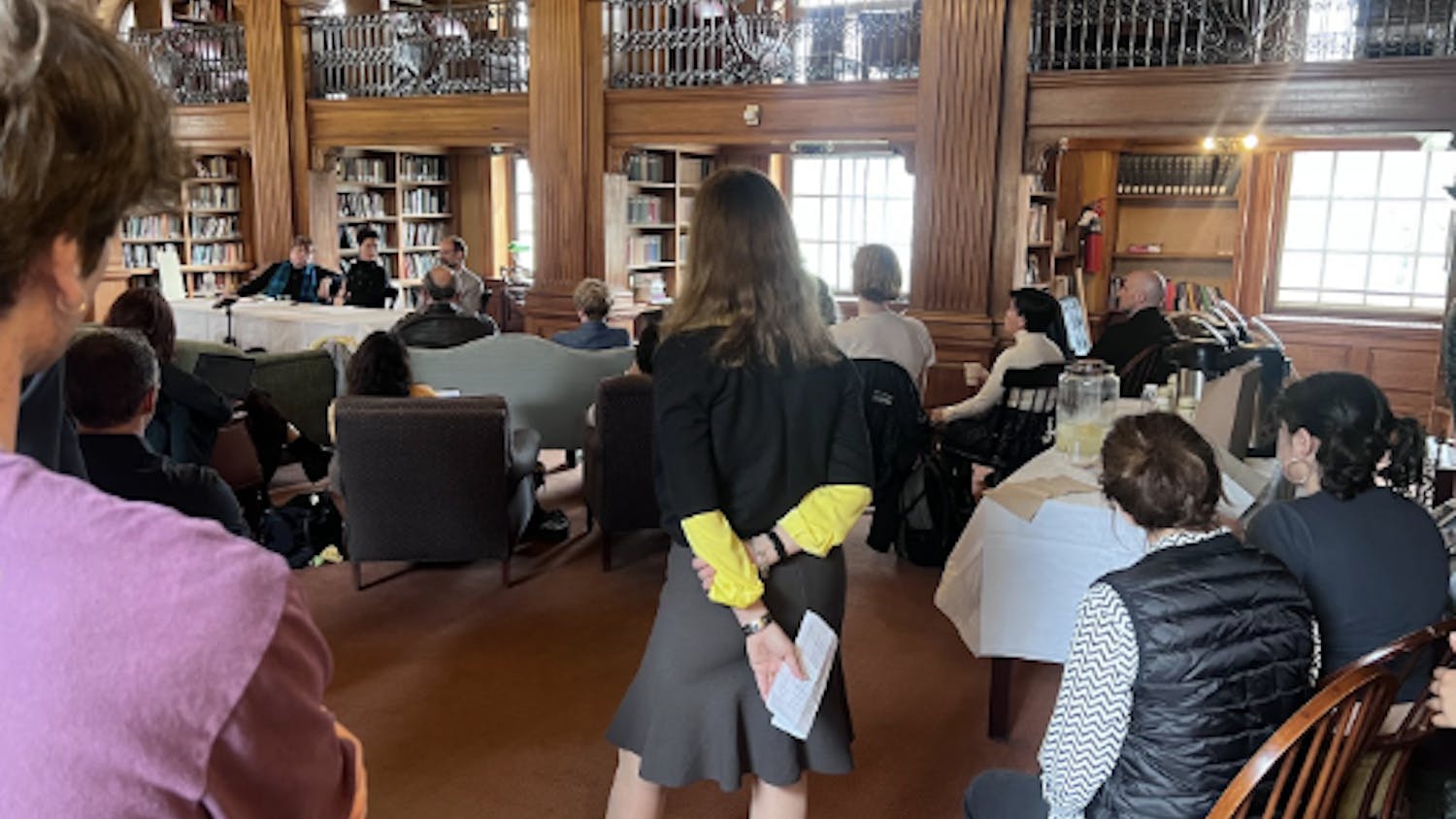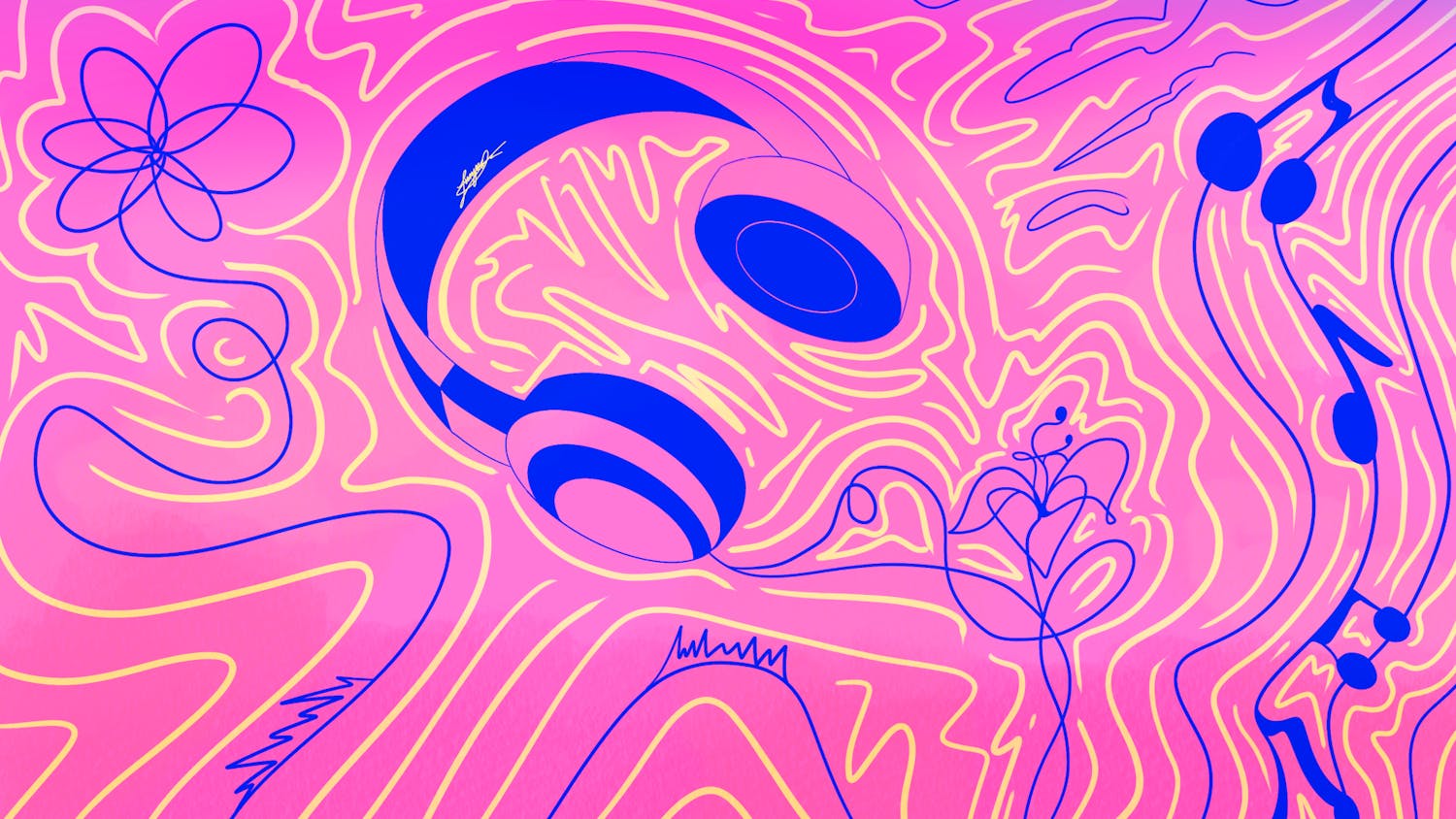Since graduating from Dartmouth, James Nachtwey ‘70 has worked almost exclusively in the world of photography. He started out as a newspaper photographer for the Albuquerque Journal, then took jobs as a freelance magazine photographer, a contract photographer for Time Magazine and cofounded the VII Photo Agency.
Nachtwey was recently awarded the 2016 Princess of Asturias Award for Communication and Humanities. He has also earned numerous grants and commendations including the World Press Photo Award, and the Magazine Photographer of the Year. Although the scope of Nachtwey’s work is international, he has frequented Dartmouth to speak about his work, lecture and teach, and served as the inaugural Roth Distinguished Visiting Scholar in the 2012-2013 academic year.
Director of the Gender Research Institute at Dartmouth Annabel Martín first met Nachtwey around his time as a visiting scholar, but became familiar with his work in the 1990s, Martín wrote in an email. Many of his works in Rwanda, Sudan and the Balkans affected her, but a photograph from his series in Nicaragua, taken in 1984, that features a young child “twirling on the gun of a battered tank,” especially resonated with her, because of the “juxtaposition of the joy in the child with the brutality of the ‘toy.’”
When describing Nachtwey’s style, Martín highlighted Nachtwey’s ability to capture “the horrors of war without being a photographer that ‘exploits’ the pain of the people he photographs.”
Martín called him a “war documentarian,” whose objective is not to self-gratify but to inform the world of the human tragedy others endure. Rather than “othering” his subject, Nachtwey approaches with “extreme empathy, with extraordinary craft and is successful because he moves us to think about the brutality of war,” she said.
A studio art department senior lecturer Virginia Beahan echoed Martín’s sentiments, writing that “Nachtwey’s work bears witness to the human struggle: famine, war, poverty, displacement.” While his work deals with difficult subject matter, Beahan said she considers Nachtwey an optimist.
“[Nachtwey] believes that photography can raise awareness,” Beahan said, “so that we, as global citizens, may strive to be better, both as individuals and as a society.”
Beahan’s viewpoint seems to run parallel to Nachtwey’s own, as he has referred to himself in as an “anti-war photographer”, rather than a war photographer. This distinction was echoed by Martín.
“His photographs denounce war, document its terrifying effects on people and they serve as documents or testimonies to that trauma,” Martín said.
Both Martín and Beahan have had Nachtwey join their classes and speak with students about his work. Describing why she invites Nachtwey to speak to her students, Martín expressed the hope that interacting one-on-one would allow students to engage with the power of art, and the capacity of photography to witness the world’s tragedies and to incite social change and justice. Beahan has had Nachtwey meet with her students on numerous occasions, at times in the classroom and at times in the social setting of her own home.
“The students particularly enjoyed having the opportunity to converse with Jim in a more informal setting,” Beahan said. “And he loved having the opportunity to get to know them as individuals as well.”
Martín also noted Nachtwey’s generosity with his time and extraordinary presentations. “It’s such a unique experience for all of us.”
“He loves to be interrogated about his work and the students immediately appreciate the stature of the man and his photographs,” Martín said.
Amara Ihionu ’17, a studio art major with a focus in photography, first met Nachtwey at an artist talk. Ihionu said she remembers thinking that the photos Nachtwey had taken were personally striking, and was curious about how Nachtwey approached the intersection between “activist art” and the risk of capitalizing on said art. Nachtwey’s response emphasized that it was important to be mindful of the subject’s humanity rather than viewing the individual as simply the focus of a photograph.
“We are fortunate to have him here at Dartmouth,” Beahan said, “not only as a photographer and journalist, but as a model for how one’s social conscience can become meaningful action.”



